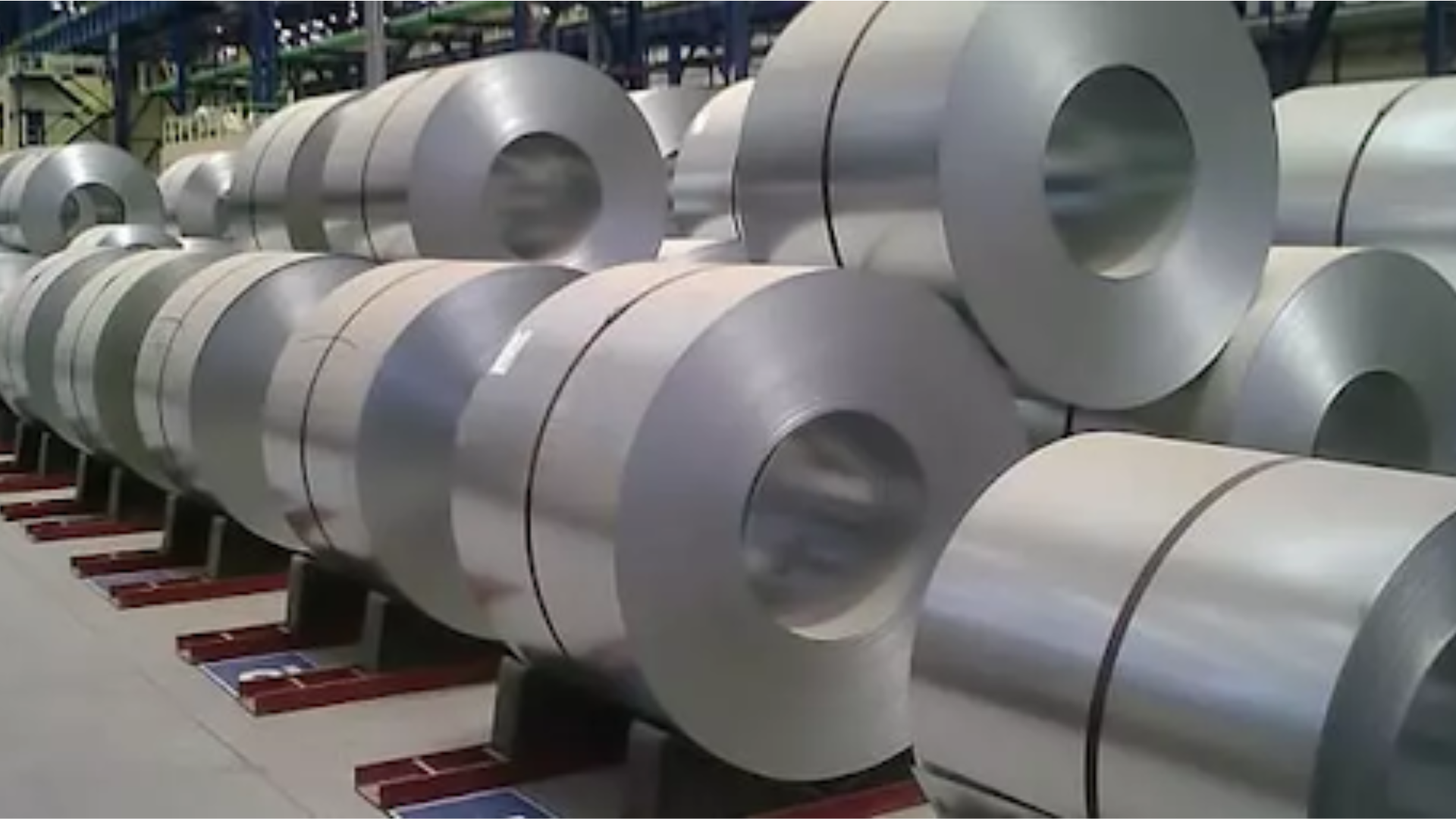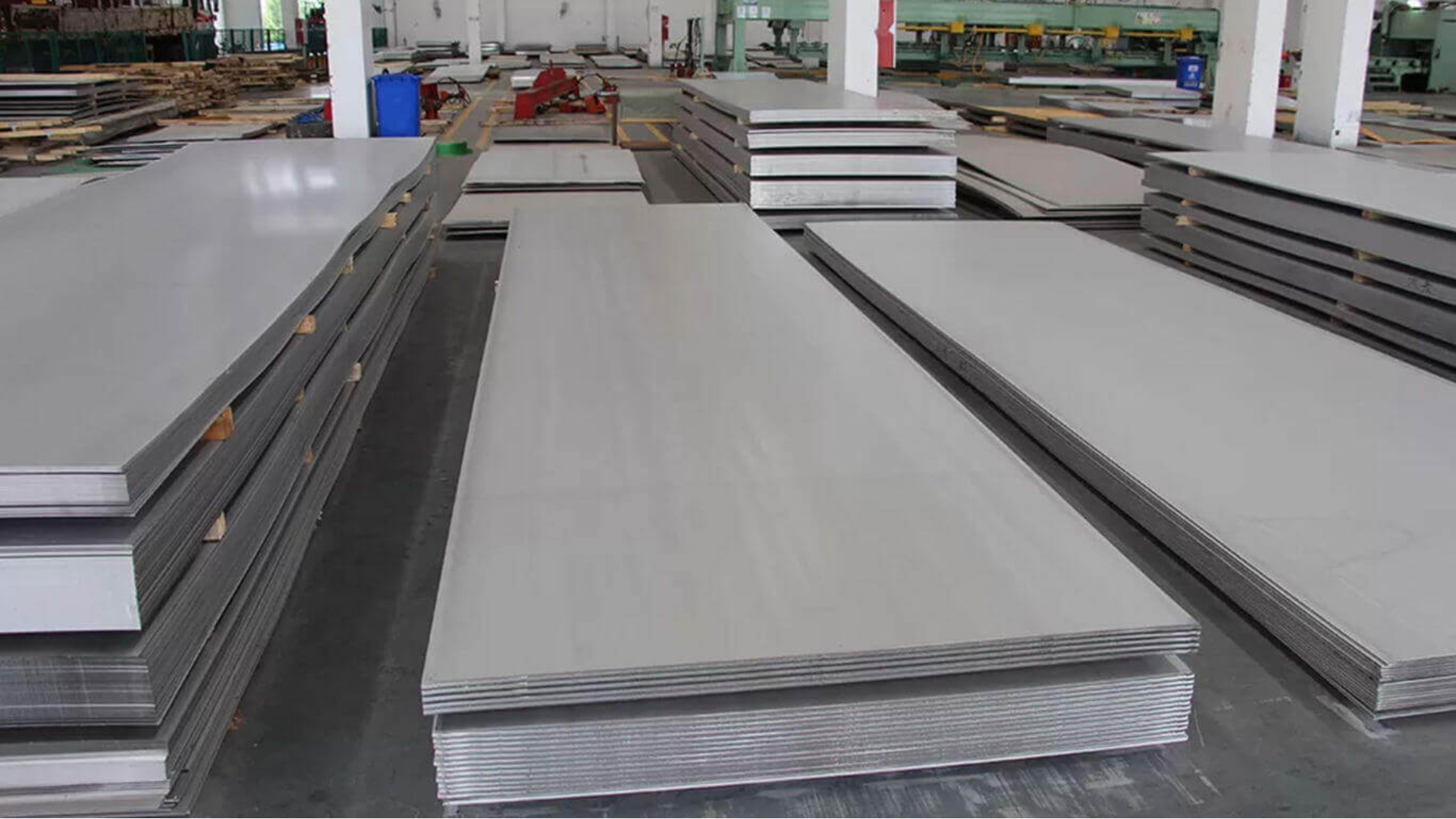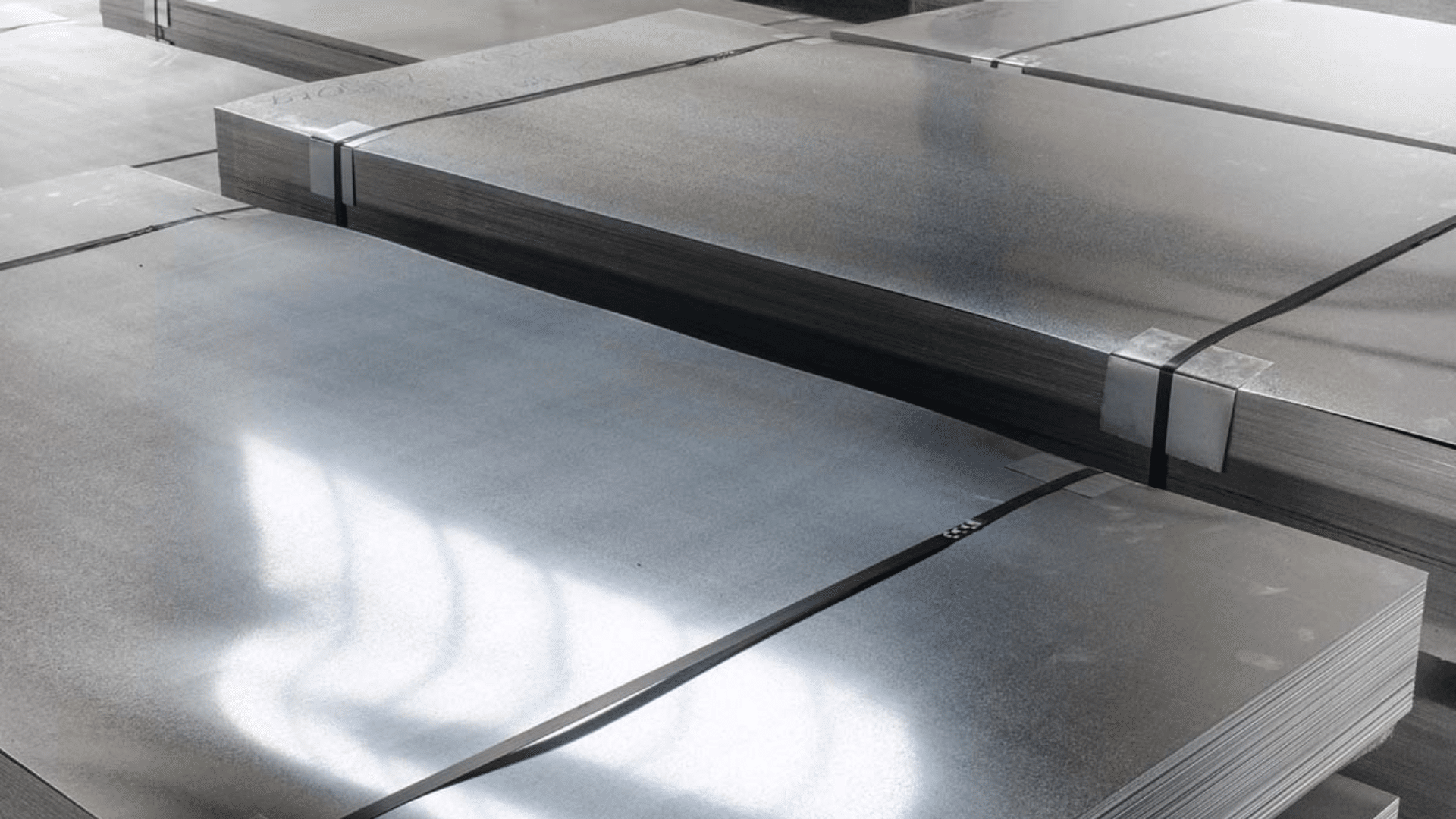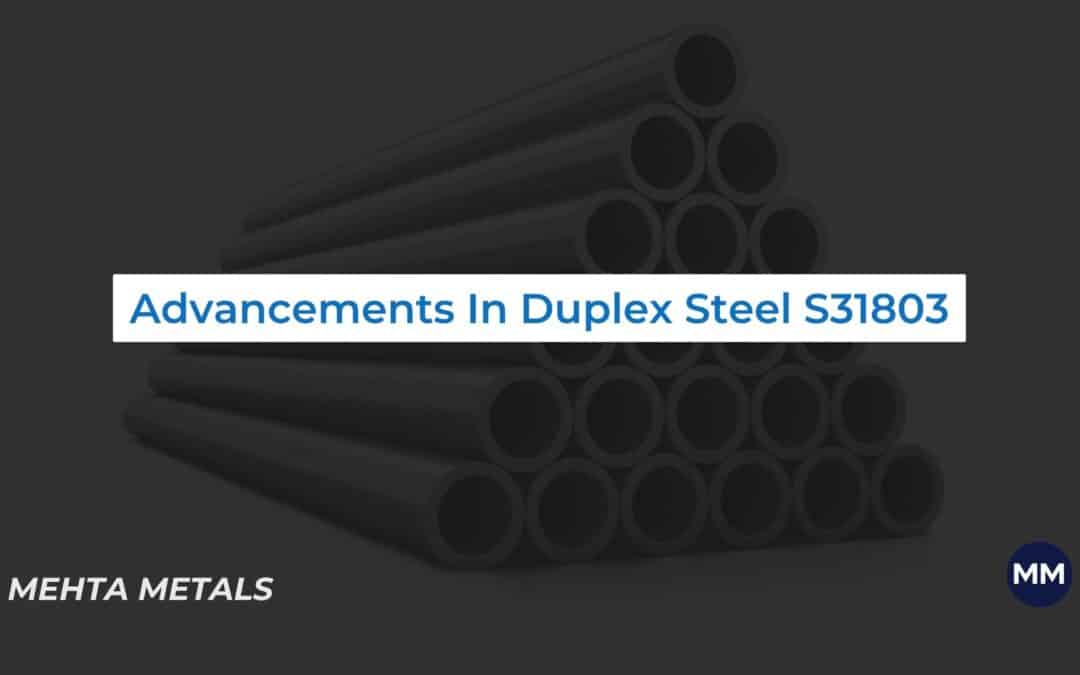As a result of the combination of ferrite and austenite, duplex stainless steels are very durable. Due to their higher strength, improved weldability, toughness and corrosion resistance, they are able to benefit from both austenitic and ferritic stainless steels. Because of their lower nickel content, they are also less expensive commercially than austenitic stainless steels.
Due to the very complicated process of producing duplex stainless steel, commercial production did not begin until the 1970s after its development in Sweden in 1930. During the past few decades, steel has seen a reemergence after significant advances in steelmaking techniques made it easier to produce. Because of the limitations of their application, they remain a relatively underutilised group of stainless steels with only 1 – 3% usage worldwide uns s31803, S31803, 31803, uns 31803, s31803 material

As a result of the combination of ferrite and austenite, duplex stainless steels are very durable. Due to their higher strength, improved weldability, toughness and corrosion resistance, they are able to benefit from both austenitic and ferritic stainless steels. Because of their lower nickel content, they are also less expensive commercially than austenitic stainless steels.
Due to the very complicated process of producing duplex stainless steel, commercial production did not begin until the 1970s after its development in Sweden in 1930. During the past few decades, steel has seen a reemergence after significant advances in steelmaking techniques made it easier to produce. Because of the limitations of their application, they remain a relatively underutilised group of stainless steels with only 1 – 3% usage worldwide uns s31803, S31803, 31803, uns 31803, s31803 material
You will learn about the following topics in this article:
- Stainless steel duplex properties
- Stainless steel grades and standards for duplex stainless steel
- Duplex stainless steel applications
- Trends in duplex stainless steel in the future
Duplex stainless steel properties
A duplex stainless steel's microstructure consists of approximately 50% ferrite (a cubic structure centered on the body) and 50% austenite (a cubic structure centered on the face). In contrast to two-phase alloys, one phase manifests as a precipitate, both phases coexist as a stable mixture. Stainless steels containing duplex elements are usually ferritisers (chromium, silicon, molybdenum, etc.) or austenitisers (carbon, nickel, nitrogen, etc.), which promote ferritic and austenitic phases, respectively.
At high temperatures, ferrite phase in duplex steels transforms into the undesirable alpha prime phase, which reduces their mechanical properties, such as strength and toughness, and corrosion resistance. This phenomenon is called embrittlement. It is possible for alpha prime to form at temperatures as low as 300 oC, which limits the maximum service temperature of duplex steels. Embrittlement can occur up to 475 oC; however, alpha prime may begin to form as low as 300 oC.
Duplex stainless steels typically exhibit a higher yield strength than martensitic, austenitic and ferritic grades. Due to the precipitation of intermetallic phases at higher temperatures and the onset of brittleness as they approach cryogenic temperatures, they have a narrow working temperature range. Some common grades of duplex stainless steel are listed below with their selected properties.

Stainless steel grades and standards for duplex stainless steel
A few grades of duplex stainless steel were available in the early stages of its development, with UNS S31803 being the most popular. New grades were then developed, based on their end uses, which can be classified as either one of two types:
- A super-duplex and hyper-duplex stainless steel is designed to operate in very corrosive environments, but does not have as much strength as a duplex steel
- There are lean and standard duplex stainless steels, which are intended for mildly corrosive environments, such as in structural applications.
PRENs are now used to identify these categories, which are calculated on the basis of duplex stainless steel composition.
PREN=%Cr+3.3×%Mo+16×%N
Duplex stainless steel applications
Due to the limitations of duplex stainless steels such as poor formability and machinability, as well as their highly complex metallurgical process of production compared to ferritic, austenitic, and martensitic stainless steels, duplex steels are mostly used for niche applications.
It is important to consider the limitations and advantages of duplex stainless steels when applying them, but the major applications require corrosion resistance, including pitting and crevice corrosion resistance, stress corrosion resistance, fatigue corrosion resistance, abrasion corrosion resistance, or acidic or caustic corrosion resistance. The following are some common industrial applications.
Paper production
Paper processing vessels that contain bleach and other corrosive liquids are made of duplex stainless steels, rather than austenitic or ferritic stainless steels.
Desalination
The process of desalinating seawater, which involves highly corrosive chlorine in a high-temperature environment, is a sturdy test for corrosion-resistant materials. In the fabrication of evaporators, duplex stainless steels have become the material of choice. Because of their strength and corrosion resistance, duplex stainless steels can also be made with thinner cross sections.
Oil and Gas
It has become possible to manufacture components such as pumps, piping, and manifolds using duplex stainless steels with PRE numbers over 40 because they are highly resistant to pitting and crevice corrosion.
Construction
In the construction of load-bearing structures that require corrosion resistance, duplex stainless steels are used. This includes bridges over seawater or structures in close proximity to the ocean.
Food and Drink Storage
Despite their relatively low cost, lean duplex steels retain excellent corrosion resistance and strength, making them ideal for storage of food and beverages during processing.

Duplex stainless steel trends in the future
It is still possible to develop new grades of duplex stainless steel.
For further improvement in pitting corrosion resistance, key alloying elements like chromium, molybdenum, and nitrogen are increasing. These alloying elements offer advantages, but they also have disadvantages, mainly the destabilization of ferrite, which leads to unwanted precipitates, in addition to their advantages. The challenge is to strike a balance between desirable properties mainly led by increased pitting corrosion resistance while limiting undesirable intermetallic phases such as Cr2N by very precise heat treatment. With a PRE-number of almost 50, a duplex steel grade, SAF 2707 HD, has been developed for 27Cr-7Ni-5Mo-0.4N, which is a positive sign for the future of duplex steels.

